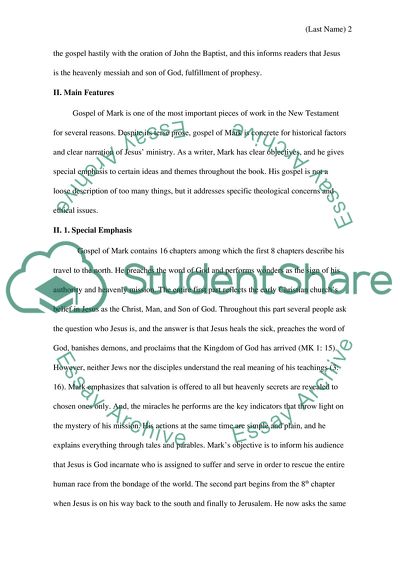Cite this document
(“Gospel of Mark Research Paper Example | Topics and Well Written Essays - 2750 words”, n.d.)
Gospel of Mark Research Paper Example | Topics and Well Written Essays - 2750 words. Retrieved from https://studentshare.org/religion-and-theology/1629944-gospel-of-mark
Gospel of Mark Research Paper Example | Topics and Well Written Essays - 2750 words. Retrieved from https://studentshare.org/religion-and-theology/1629944-gospel-of-mark
(Gospel of Mark Research Paper Example | Topics and Well Written Essays - 2750 Words)
Gospel of Mark Research Paper Example | Topics and Well Written Essays - 2750 Words. https://studentshare.org/religion-and-theology/1629944-gospel-of-mark.
Gospel of Mark Research Paper Example | Topics and Well Written Essays - 2750 Words. https://studentshare.org/religion-and-theology/1629944-gospel-of-mark.
“Gospel of Mark Research Paper Example | Topics and Well Written Essays - 2750 Words”, n.d. https://studentshare.org/religion-and-theology/1629944-gospel-of-mark.


